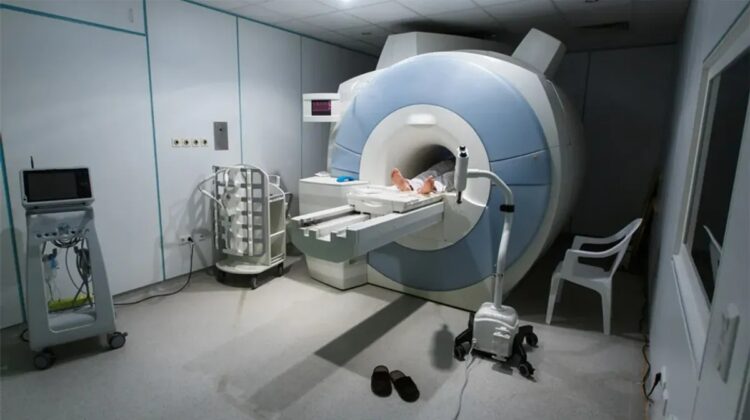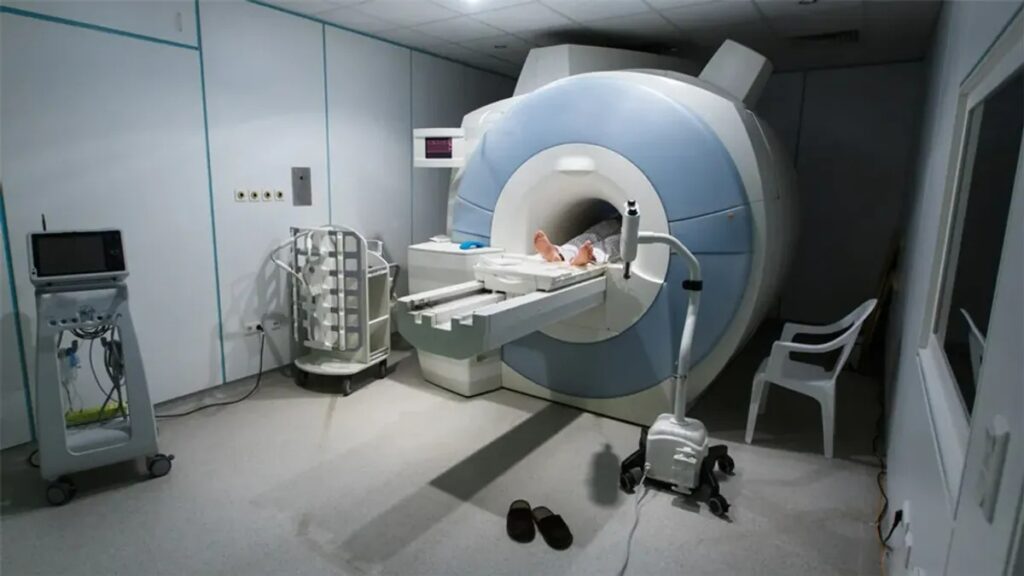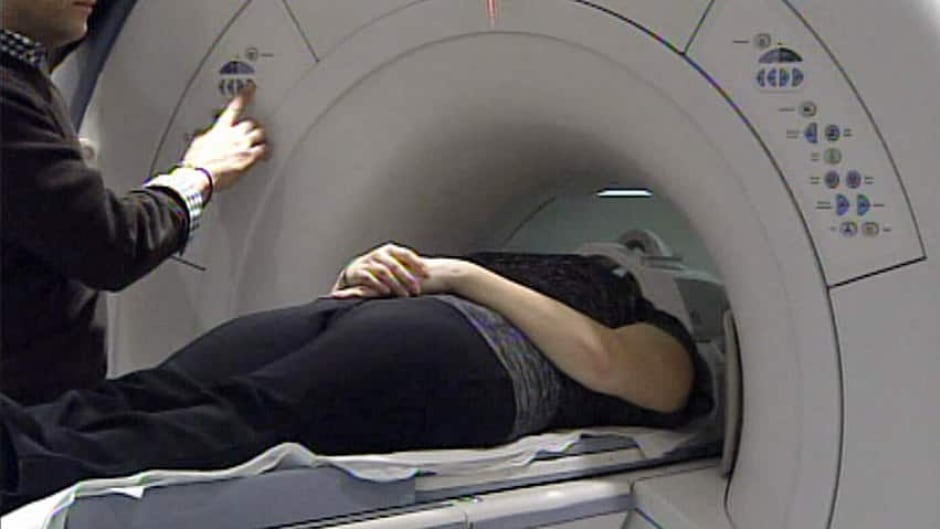
Undergoing a magnetic resonance imaging (MRI) scan requires adherence to a strict “no metal” policy, a safety instruction often misconstrued or disregarded. This policy is not an arbitrary rule or an ancient radiographer tradition but is in place to prevent potentially lethal incidents involving metal objects. The consequences of ignoring this critical directive recently unfolded in a startling incident, serving as a stark reminder of the importance of safety guidelines during medical procedures.
In a short “adverse event” report published by the US Food and Drug Administration (FDA), a woman’s decision to carry a concealed iron handgun into the MRI room resulted in an unexpected and painful consequence. As she entered the MRI machine, the handgun, unbeknownst to her, became attracted to the powerful magnet, discharging a single shot into her “right buttock area.”

The report outlines that the patient had undergone a standard screening process for magnetic objects, including weapons, prior to the examination. Astonishingly, she answered “no” to all screening questions, highlighting a crucial lapse in communication or understanding regarding the potential dangers associated with metal objects in the MRI environment.
MRI machines operate by generating intense magnetic fields and radio waves that target hydrogen nuclei (protons) in water within the body. The alignment of these protons, induced by the powerful magnetic field, forms the basis for creating detailed images. However, when a metal object is introduced into this environment, it becomes subject to the magnetic forces, leading to unpredictable and potentially hazardous outcomes.

Describing the incident, the report notes that the entry and exit holes caused by the gunshot were “very small and superficial,” penetrating only subcutaneous tissue. Fortunately, the patient received prompt medical attention from a physician on-site.
Science editor Abi Berger explains the intricate process of MRI imaging, emphasizing the consequences of introducing metal into this highly sensitive environment. The magnetic vector alignment and subsequent emission of radio waves, vital for creating MRI images, can be disrupted by external metal objects, compromising the safety and effectiveness of the procedure.

While MRI technology offers invaluable insights into the human body, incidents like these underscore the imperative need for individuals to adhere strictly to safety guidelines, especially when it comes to the “no metal” policy. This unfortunate event serves as a cautionary tale, emphasizing that compliance with established safety measures is paramount during medical appointments to ensure the well-being of patients and prevent potentially life-threatening situations.

Leave a Reply